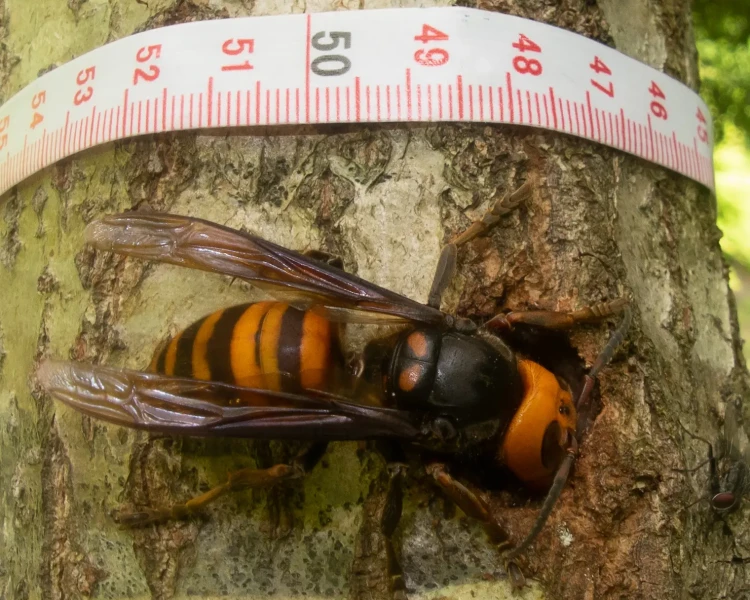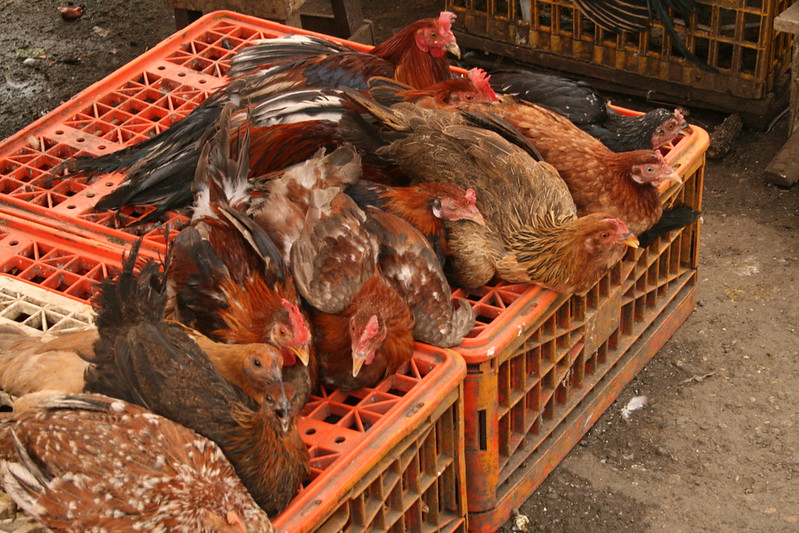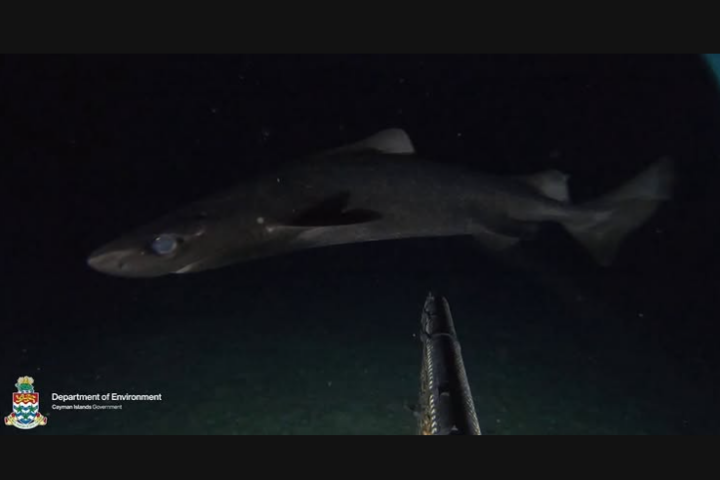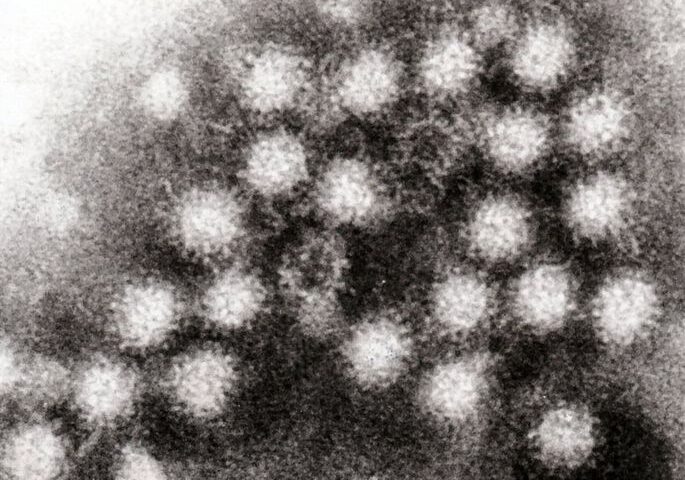The northern giant hornet (Vespa mandarinia) has been eradicated from the United States, the Washington State Department of Agriculture (WSDA) and United States Department of Agriculture (USDA) announced Wednesday. This elimination comes after no confirmed sightings since 2021, marking a victory in protecting native pollinators and agriculture.
The 2-inch invasive species, with a stinger longer than typical wasps, first appeared in British Columbia, Canada, in August 2019, before crossing into Washington state by December 2019. DNA analysis revealed the populations in British Columbia and Washington originated from different countries, suggesting multiple introduction events. The exact method of their arrival remains unknown, though they may have been “unwitting hitchhikers” on shipping containers.
“I’ve been doing this for over 25 years now, and it is a rare day when the humans actually get to win one against the insects,” said Sven Spichiger, WSDA pest program manager. The eradication involved state, federal, and international government agencies working together.
Entomologists faced challenges in locating hornet nests, which were often built in underground cavities in forested areas. The team used radio tracking, attaching tags to live hornets with dental floss and following them back to their nests. Once located, nests were neutralized by plugging with foam, wrapping trees in plastic, vacuuming out hornets, and injecting carbon dioxide to kill any remaining hornets. The WSDA even ordered special reinforced suits from China for protection against the hornets’ powerful stings.
In 2021, officials destroyed multiple nests, with one containing nearly 1,500 hornets in various developmental stages. By 2022, scientists were setting about 1,000 hornet traps across Washington state. Washington remains the only U.S. state with confirmed reports of northern giant hornets.
These hornets posed a severe threat to honeybees, capable of destroying entire colonies within 90 minutes. During attacks, they decapitated bees and defended the hive as their own, taking the brood to feed their young. Their stings could penetrate most beekeeper suits, delivering nearly seven times the amount of venom as a honey bee.
“All of our nest detections resulted directly or indirectly from public reports,” Spichiger noted, with half of the confirmed detections coming from community members. Washington Agriculture Director Derek Sandison added, “Our team has dedicated years of hard work to safeguarding our state and the nation from this invasive threat.”
Similar Posts
Despite the success, officials maintain surveillance efforts, particularly in Kitsap County, where an unconfirmed sighting was reported in October. Dr. Mark Davidson, deputy administrator at USDA’s Animal and Plant Health Inspection Service, emphasized: “By tackling this threat head-on, we protected pollinators, crops, and the industries that depend on them.”
The possibility of reinvasion remains, as demonstrated by recent detections of the southern giant hornet in Spain. “They got here once and they could do it again,” Spichiger cautioned, emphasizing the need for continued public vigilance. Officials will continue monitoring through 2025, particularly in Kitsap County.In July 2022, the Entomological Society of America officially adopted “Northern giant hornet” as the common name for the species, moving away from its previous designation as the Asian giant hornet. The organization’s President Jessica Ware explained: “Northern giant hornet is both scientifically accurate and easy to understand, and it avoids evoking fear or discrimination.”


















